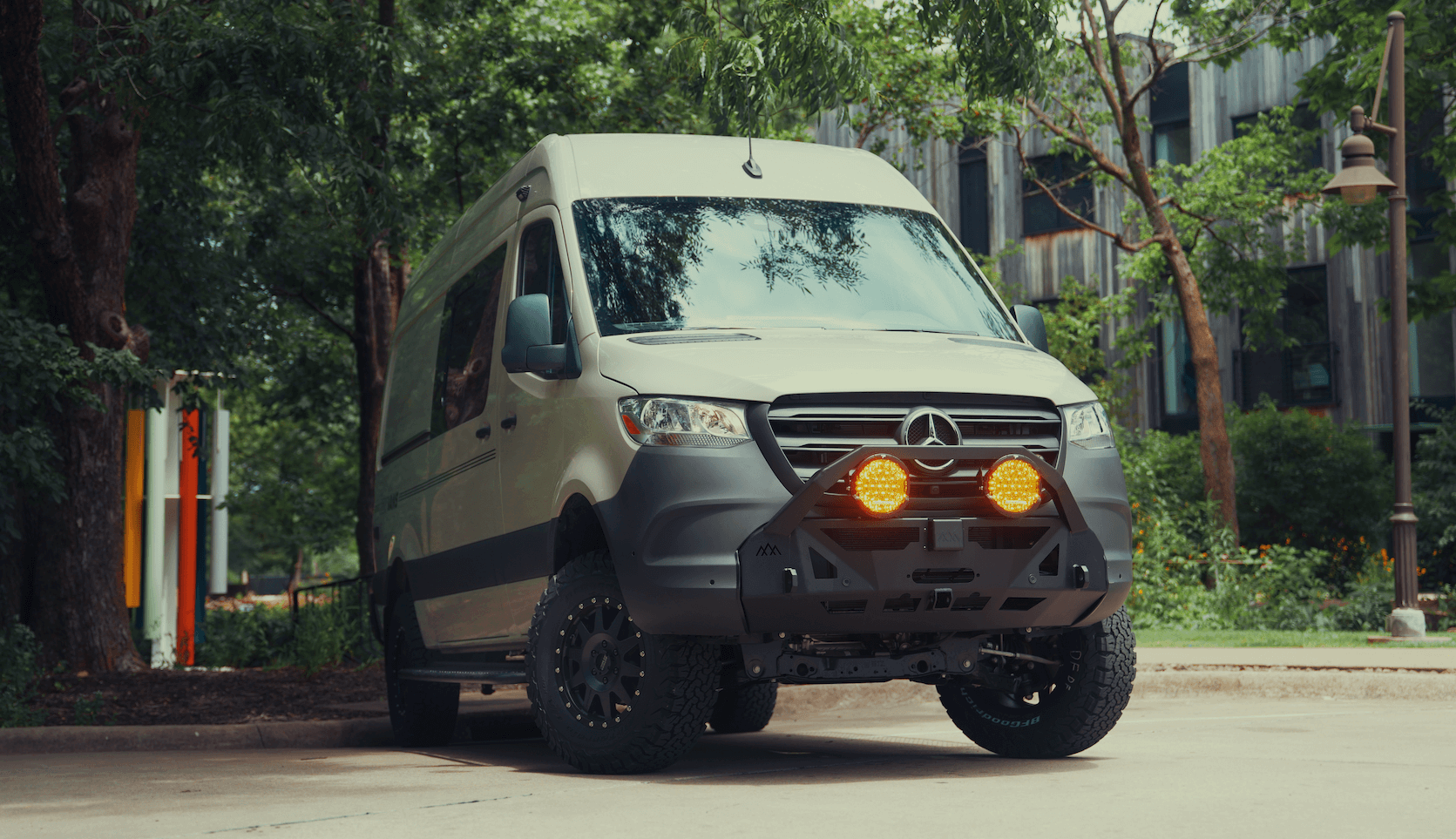Recreational Vans

An insulated battery box is a thermal and safety enclosure that keeps a battery bank within a healthier temperature range while protecting cabling and nearby gear. Lithium iron phosphate cells prefer moderate temperatures for both charging and discharging. Charging below freezing can damage cells, and sustained heat shortens lifespan. AGM and other lead batteries also suffer when exposed to temperature extremes and can lose capacity in the cold. Insulation slows temperature swings, which helps the pack stay in its sweet spot longer.
A well planned box also contains wiring, bus bars, and fuses, provides strain relief at cable entries, and reduces the chance of accidental contact. For packs located inside living spaces, the enclosure adds a controlled environment so you can add heat or airflow as needed without hot spots or cold soak. The result is steadier performance across seasons and fewer surprises when you need power most.
Closed cell foam is the usual starting point because it resists moisture and maintains R value. Common options include polyiso boards, XPS foam, cross linked polyethylene, and high performance aerogel blankets where space is tight. Avoid open cell foams that soak up condensation. A thin reflective layer can help reduce radiant heat if you are near hot surfaces, but reflective films need an air gap to work well.
Think about more than just walls. A cold floor will wick heat from a pack during winter. Add an insulated base and consider a thermal break between the box and vehicle floor. Keep fasteners from becoming thermal bridges by using nylon spacers or isolators where appropriate. For summer, plan for passive vents or a small temperature controlled fan so warm air can leave the enclosure. In humid environments, include a vapor barrier on the warm side of the insulation to limit condensation inside the box.
Useful features you can build in:
Temperature control is only one part of the job. An insulated battery box must be easy to service, secure in a crash, and friendly to your power architecture. Mount the enclosure near the center of mass and low in the chassis when possible. Use mechanical tie downs rated for the battery weight with margin. If your box lives in a cargo area, consider a liner or fire conscious paneling that meets UL 94 V0 or similar flame rating to reduce risk.
Size the interior so cables can bend without strain and so components like a main fuse, shunt, and bus bars have open space around them for heat dissipation. Place a clearly marked service disconnect where it is visible and reachable. Use DC rated breakers or fuses sized to conductor ampacity. If your battery includes a built in BMS, route sense and communication cables separately from high current conductors to avoid electrical noise.
Cold charging is hard on lithium cells. A thin silicone heat pad under the pack, paired with a thermostat, can keep temperatures above freezing. Some batteries include self heating; if so, size the insulation to help that feature work efficiently. In very cold regions, a small enclosure heater can be safer than oversizing the battery just to handle winter losses. Always place heaters on non combustible surfaces and use over temperature protection.
In hot climates, airflow matters. Low power fans on a temperature switch can push warm air out through a louver while pulling in cooler cabin air. Create an intake and exhaust path rather than a single hole. Keep airflow indirect to maintain insulation value while still exchanging air around the case. If the box sits near the vehicle skin, add a radiant barrier facing the exterior panel to limit heat soak.
Every cable entering the box should have abrasion protection and a gland that grips the jacket, not just the conductor. Place the main fuse as close to the positive terminal as practical. Maintain clearance between battery terminals and any metal structure. Use ring terminals with correct crimp tooling and adhesive lined heat shrink for strain relief. Where standards apply, reference ABYC for marine style installations and follow manufacturer guidance for charge and discharge temperatures.
Building thoughtfully prevents hidden issues like condensation pooling under cells, uncontrolled heat build up, or a cable chafing through an edge. The best insulated battery box feels boring during ownership because it just works.
If you want the benefits of a stable, serviceable power system without guesswork, we integrate insulated enclosures into complete electrical packages and van interiors. Our team designs around your climate, travel style, and storage layout, then packages batteries, distribution, and protection into a clean footprint that is easy to access and maintain. Explore our recreational vans to see how we plan systems around real travel.
When your build calls for a ground up layout, we handle structure, thermal management, wiring, and mounting in one coordinated plan. Learn how a custom van build becomes a dependable home base with power that behaves in summer and winter. If you are shopping for a platform that finances, review our mainstream vans options to align the chassis and electrical system from day one.
Ready to protect your battery bank and streamline daily use? Share your goals and we will design an insulated battery box solution that saves space, tames temperature swings, and keeps your rig powered wherever you roam.
Ready to protect your power system and reclaim usable range in every season? Tell us about your rig and goals. OZK Customs designs and builds insulated battery enclosures that integrate with your electrical, heating, and storage plan. Submit the form and we will map a clean, safe solution that fits your van and the way you travel.
ADDRESS:
6159 E Huntsville Rd, Fayetteville, AR 72701
PHONE:
(479) 326-9200
EMAIL:
info@ozkvans.com